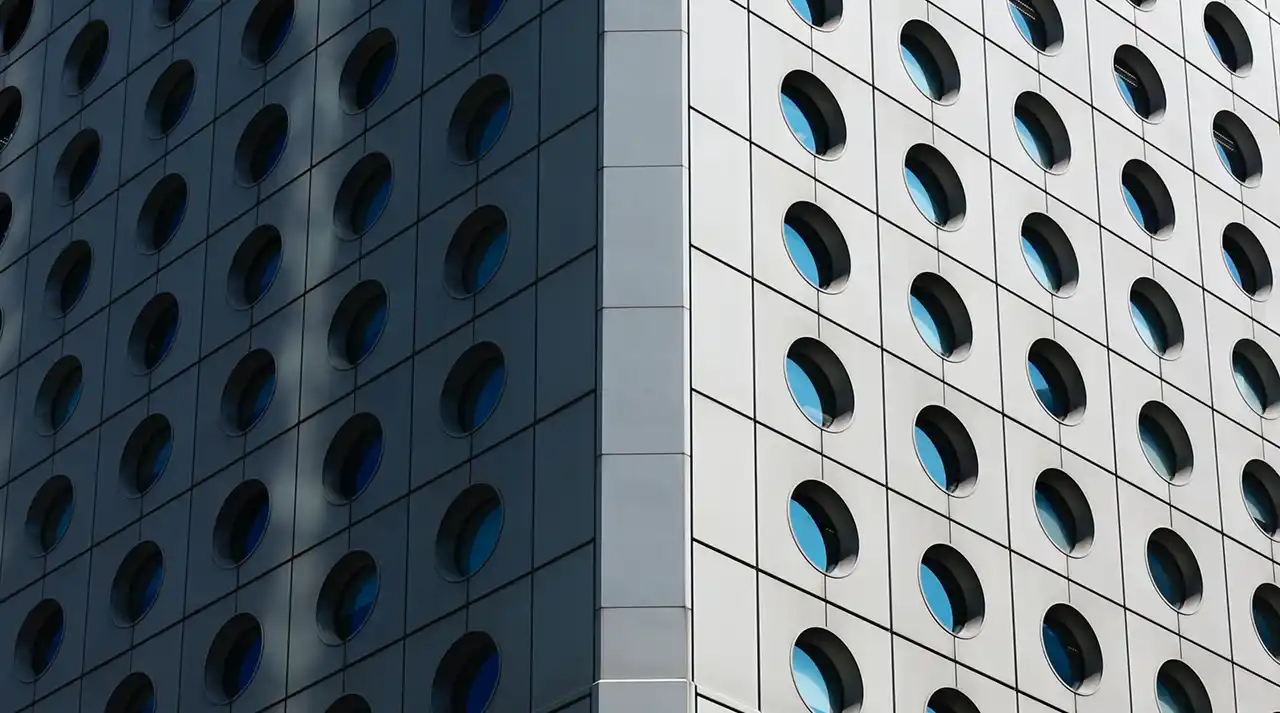Melbourne’s median house and unit price has hit a new high in the June quarter.
House prices have grown 3.5 per cent over the June quarter to hit a new record median of $668,030.
It brings house price growth for the 2014-15 financial year to 10.3 per cent.
Melbourne’s median house price is still left in the shade by Sydney, which has recorded a median house price of a whopping $1 million after jumping 8.4 per cent.
Domain Group senior economist Andrew Wilson told The Age said mid-to-high priced properties mainly to the east of the city had performed strongly, carrying the market for the last two years.
Mr Wilson said cheaper markets to Melbourne’s north and west were improving, reflecting an improving economy and employment situation.
“Confidence is not just revived, I think it’s fully recovered in Melbourne, and we’ve seen the strongest price growth for some time,” Dr Wilson said.
Units have also jumped to a record high, rising by 3.2 per cent to $443,549.
Adam Sorrell from Barry Plant in Wantirna spoke to The Age and said demand for property from first-home buyer had definitely increased since interest rate cuts this year.
Mr Sorrell said prices were being driven higher by a shortage of available housing and by activity from buyers who were being priced out of Glen Waverley and Mount Waverley.
When it came to units in the inner city, despite recent fears of an oversupply and more units planned to be built in the near future, the region still grew 4.6 per cent over the June quarter.
Rob Elsom from Hocking Stuart put this down to increased first-home buyer competition with investors who were both trying to take advantage of low interest rates when he also spoke to The Age.
Mr Elsom said an increasing number of property buyers were looking at units in the inner city after being priced out of housing in the same area.
Cate Bakos is a buyers’ advocate and she said a lot of investors were trying to minimise their outlay on property in the hope of high yields, and they often felt high yields were achievable on inner city properties.
Ms Bakos told The Age that this is often true with one-bedders or studios, but it’s the capital growth on these properties that could be doubtful.



